
QANTAS: Closing down Jetstar Asia after 20 years of operation
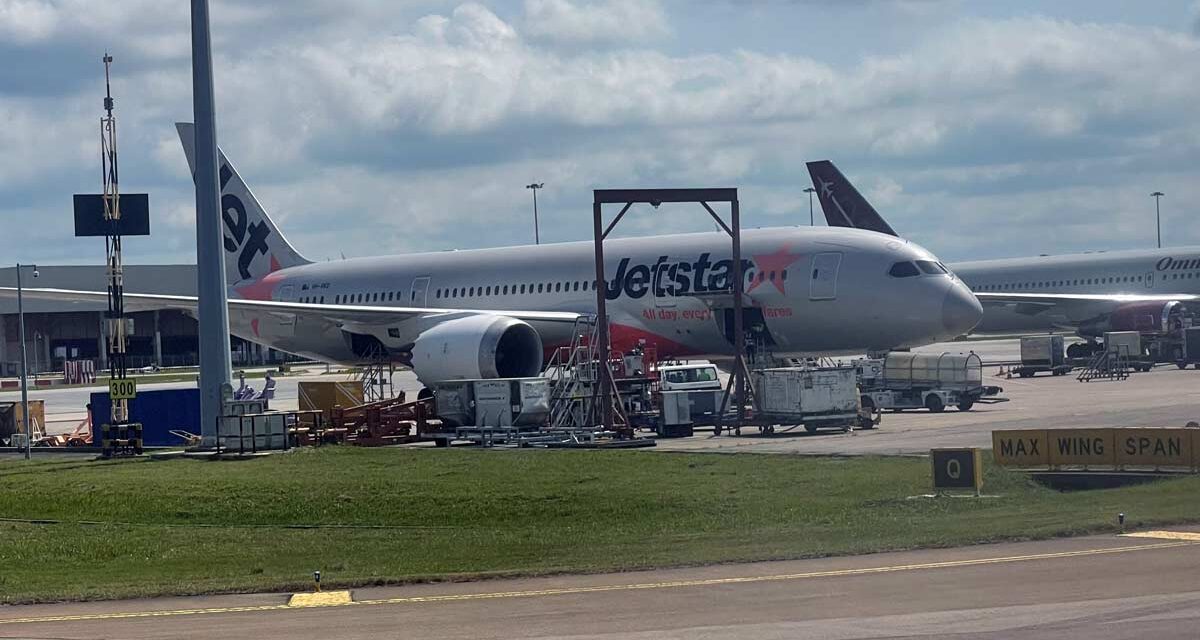
Farewell, Jetstar Asia. Qantas has decided to pull the plug on its Singapore-based budget carrier after two turbulent decades. It’s a casualty of Southeast Asia’s hyper-competitive low-cost airline jungle. The last Jetstar Asia flight will taxi down the runway on 31 July 2025. Thirteen Airbus A320s will head back across the Timor Sea to bolster Jetstar’s Australian and New Zealand operations.
But what killed the pan-Asian dream? Qantas blames soaring costs, intense competition, and poor returns. Others might say the writing’s been on the wall since before the pandemic.

A farewell fueled by fatigue and finances
The decision comes after Jetstar Asia — 51% owned by Westbrook Investments — was forecast to post an underlying loss of A$35 million this financial year. Ouch.
Even Jetstar Asia’s strong reputation for on-time performance and customer service couldn’t overcome what Qantas Group CEO Vanessa Hudson called a “materially changed cost base”, with some supplier costs having ballooned by up to 200%.
“We are incredibly proud of the Jetstar Asia team and the work they have done to deliver low fares, strong operational performance and exceptional customer service. This is a very tough day for them.”
Venessa Hudson, Qantas Group CEO
Translation: we love them, but not enough to keep funding the losses, or find a business strategy that will put the airline into profit. Let’s just call it a business failure.
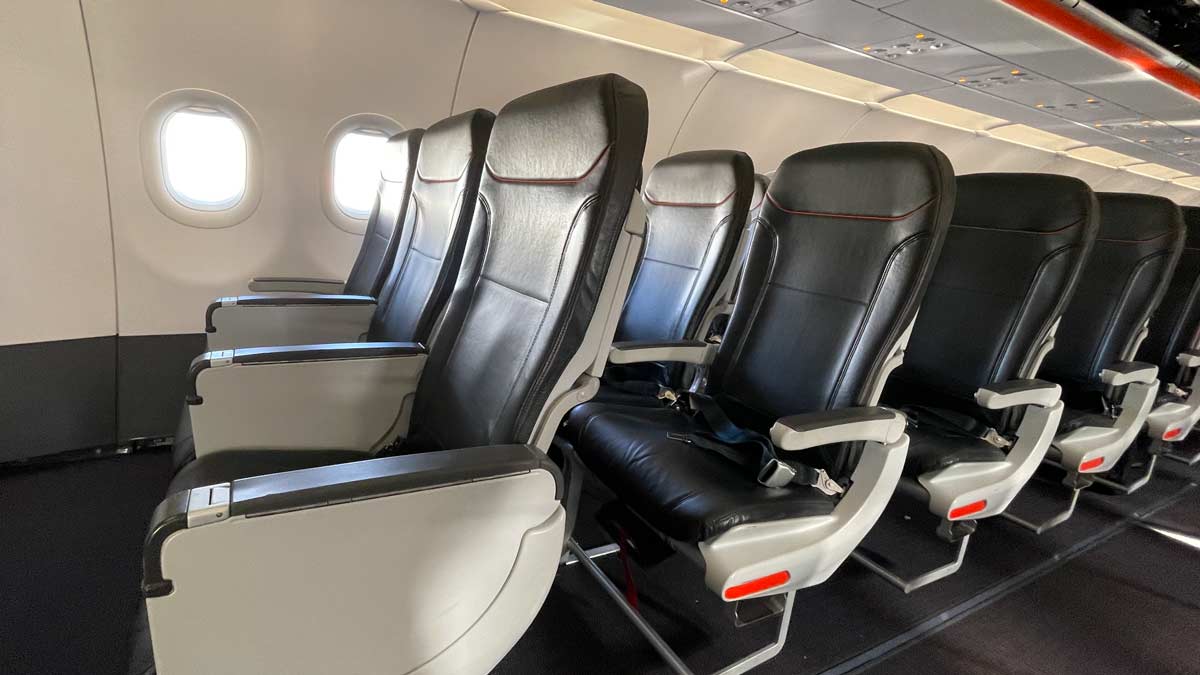
What’s staying, what’s going
This isn’t a Jetstar-wide bloodletting — just the Singapore-headquartered intra-Asia routes will disappear. That’s 16 routes from Changi Airport getting the chop. Jetstar Airways’ international services from Australia to Asia — including Thailand, Vietnam, Japan, Korea, and Singapore — are unaffected. The same goes for Jetstar Japan.
Customers booked on affected services will be offered full refunds and, where possible, reaccommodated on other carriers. You’d hope so, being the least Qantas could do.
Recycled jets, reduced leases, and mining
In a classic case of airline Marie Kondo-ing, the 13 A320s currently operating in Asia will be redeployed to Australia and New Zealand. They’ll replace what are currently expensive leased aircraft and add some capacity to Jetstar’s domestic operations. Qantas is promising 100 new local jobs.
Some aircraft will will move to Qantas’ regional operations. Think Western Australia, where resources sector travel is booming.
Hudson explained the logic behind the pivot:
“We’re making disciplined decisions which recycle capital across our business and prioritise it to stronger performing segments as well as strategic growth initiatives like Project Sunrise.”
With a record share price currently, it doesn’t look good to have a loss-making division on the balance sheet.
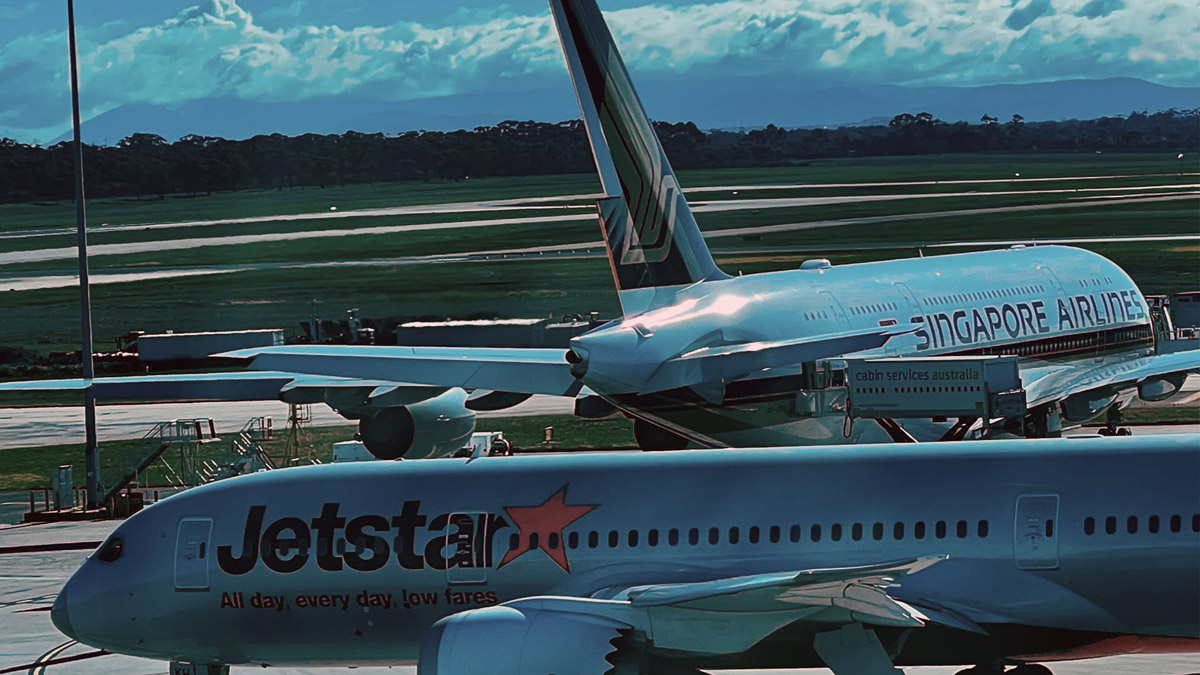
Fleet strategy shuffle
Qantas argues — or post-justifies/distracts — depending on your level of cynicism: this isn’t just about closing a loss-making airline. It’s part of Qantas’ broader ‘historic fleet renewal program‘. We are talking the 200 new aircraft on order including the A321XLR arriving this month and the 2026 arrival of the first Project Sunrise A350-1000ULR.
It also looks good for the capex, freeing up A$500 million.
500 Jobs get the axe in Asia
Approximately 500 Singapore-based employees are set to lose their jobs. Qantas has promised standard redundancy packages and says it’s working to find other roles ‘across the Group and with other airlines in the region.’
The company says it will also meet all outstanding obligations to customers, suppliers, and staff.
A$175 million write-down, but Singapore still matters
No amount of PR spin or corporate speak can get around this as a failure and a loss of an estimated AU$175 million in writedowns and other expenses that will flow into the next financial year.
Qantas insists Singapore remains its third-largest international hub. It will continue codesharing with nearly 20 Asian carriers through Changi and says the city remains critical to its international footprint. Well, at least until Project Sunrise dawns.
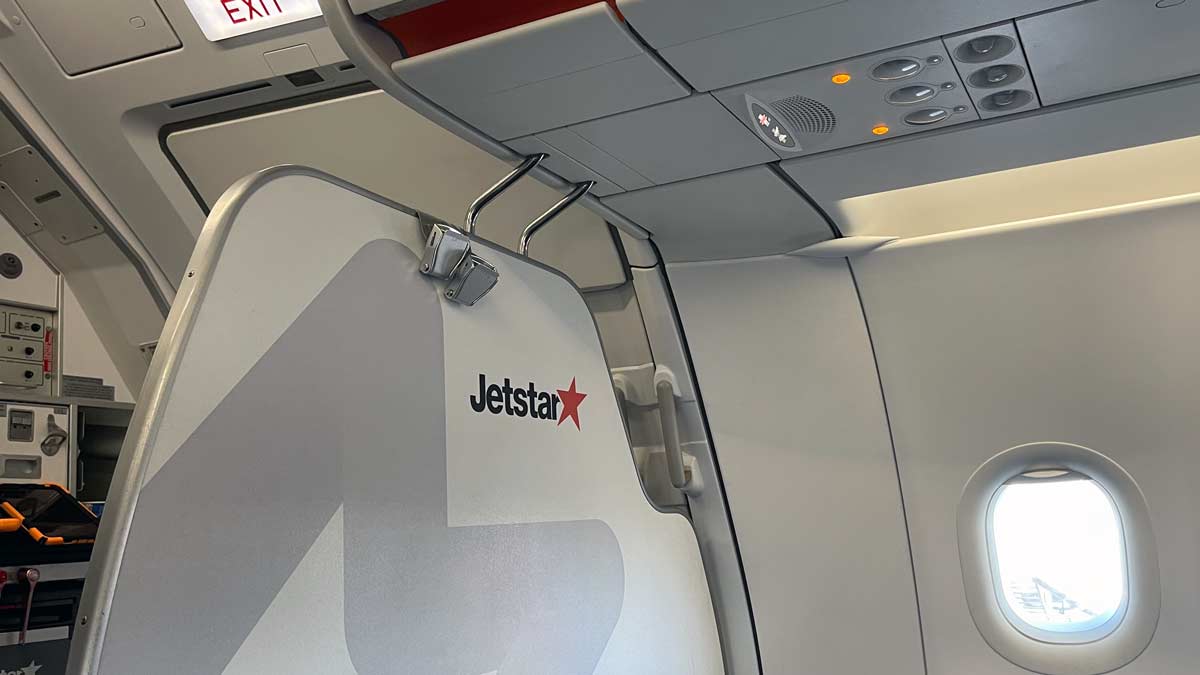
2PAXfly Takeout
This is a big call by the Qantas Group. Let’s hope it’s a sign of a more disciplined, ROI-driven culture under Hudson’s leadership. The closure of Jetstar Asia removes a long-underperforming unit. It can also bolster the Australia and New Zealand fleet where it’s most needed.
But it’s also a cautionary tale. The Qantas Group at home is soaring with its highest share price ever. This Asian tale suggests Qantas works best when there is little or no competition in a market, such as Australia and New Zealand. When faced with a competitive market with multiple players like Asia, it doesn’t quite have the business chops to succeed.

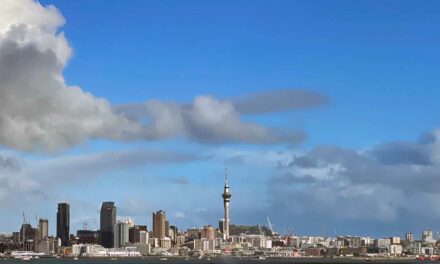

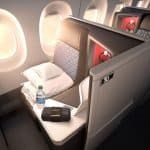





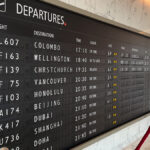

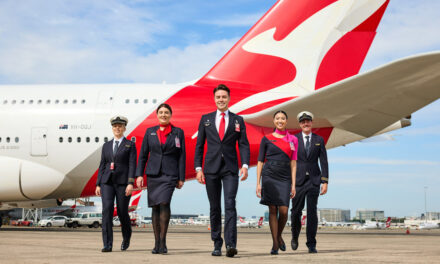
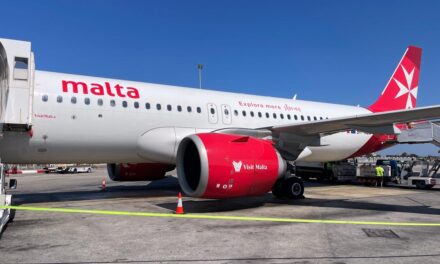

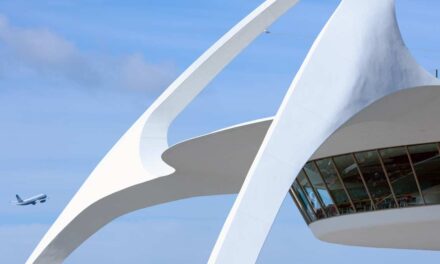



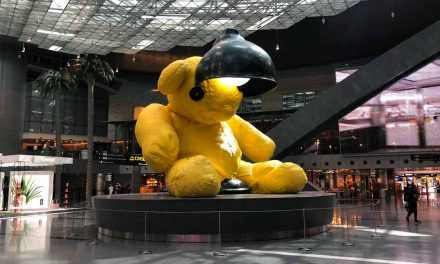







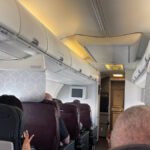






Everything you want to know about how good or evil a company Qantas is will be on clear display when the specifics of the compensation packages are disclosed for loyal employees who got the axe on comparatively short notice.
Exactly.